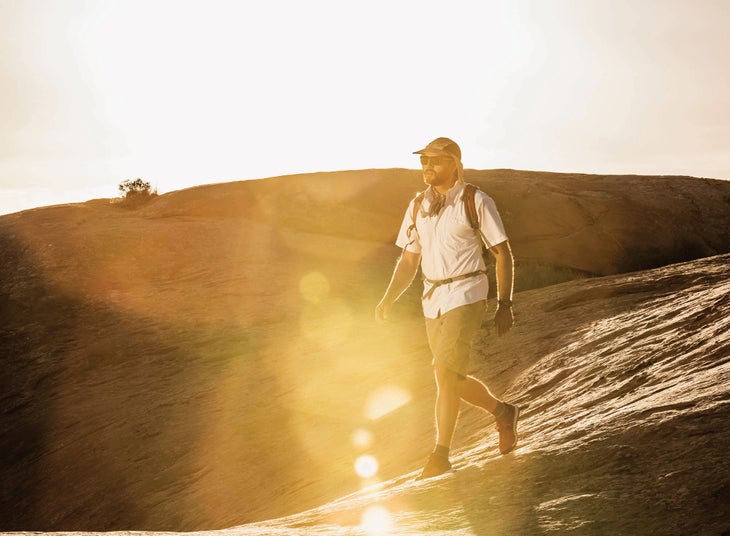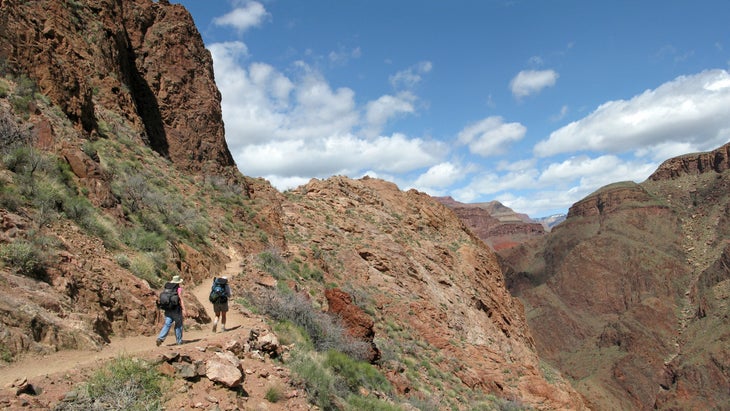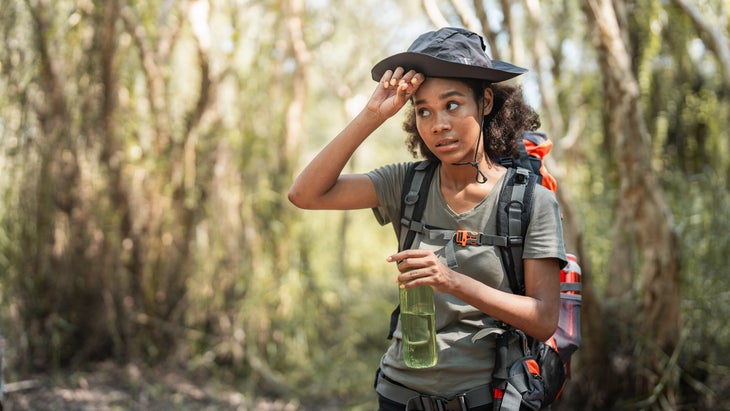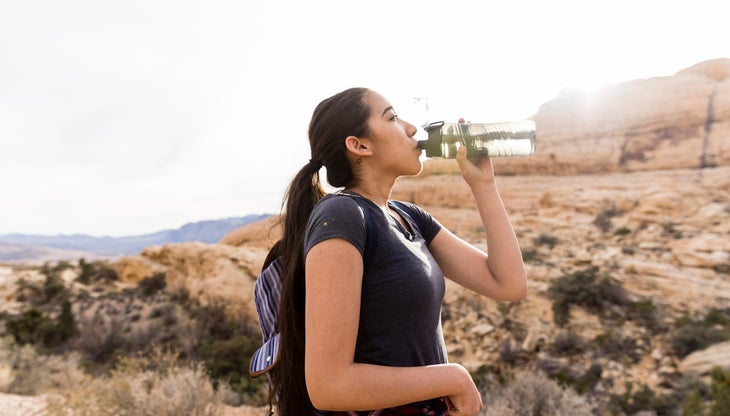Heading out the door? Read this article on the new Outside+ app available now on iOS devices for members! Download the app.
Of all the ways the weather can kill—floods, tornadoes, lightning strikes—none claims as many lives as heat. More than 2,300 people died of heat illness in 2023 according to a study in the Journal of the American Medical Association, a number that has more than doubled in recent decades as the planet has continued to warm. While heat can be deadly no matter where you are, hikers—who are often exposed to the elements and far from emergency medical care—are especially at risk. Data show that between 2007 and 2023, 76 people died in American national parks from heat illness, and hot temperatures cause more hiker fatalities in national forests, Bureau of Land Management holdings, and state- and locally-maintained parks every year.
Heat illness can strike in less than an hour; not only can it be deadly, it also robs hikers of their ability to think clearly, making it more difficult to deal with a dangerous situation. There are a few relatively easy things you can do to reduce your risk, including packing sufficient water, wearing slow-drying cotton clothing to help cool you down, and avoiding exposed, sunny trails on the hottest days. For a deeper dive into the safety and science of hiking in the heat, we’ve collected 6 of our best stories on the subject right here. Read them now and get ready to deal with whatever this summer throws at you later.

How to Hike in a Heat Wave

10 Science-Backed Ways To Cool Down Fast on the Trail
No air conditioning? No problem. Knowing a few low-tech ways to help cool yourself down in the middle of a hike can be the difference between a sweltering-but-normal day on the trail and a crisis. From packing a paper fan to wetting your wrists and ankles, here are 10 proven ones.

Yes, You Can Train Your Body To Handle The Heat. Here’s How.
Heat tolerance is something you develop, not something you’re born with. It’s possible, through careful exposure and consistent training, to adapt to heat so you can still perform when the mercury is high. Follow this expert advice to help your heart beat better, lower your risk of heat exhaustion, and just generally feel a little less like garbage.

Here’s How to Avoid Heat Exhaustion on a Hike
Knowing the symptoms of heat exhaustion—extreme sweating, a weak, fast pulse, nausea, and confusion, among others—is essential to staying safe during summer hikes. Just as important: understanding how to avoid them in the first place. Senior Editor Zoe Gates breaks down what hikers should know about hydration, electrolytes, and pre-trip prep.

The Hiker’s Guide to Staying Hydrated and Treating Dehydration
How much water do hikers need? How often should they drink? What can you do if you run out of water? We answer these and other common questions about hydrating in all conditions—and walk readers through first-line treatments for hikers who end up dehydrated or stricken with hyponatremia on the trail.

What Hiking in One of the World’s Harshest Deserts Taught Me About Surviving Heat
The deserts of Namibia are some of the most austere environments on Earth, with little water, little shade, and daytime temperatures that regularly top 110°F. Mark Jenkins reflects on the lessons he learned there about hiking in the heat in this classic Backpacker story.
From 2025
